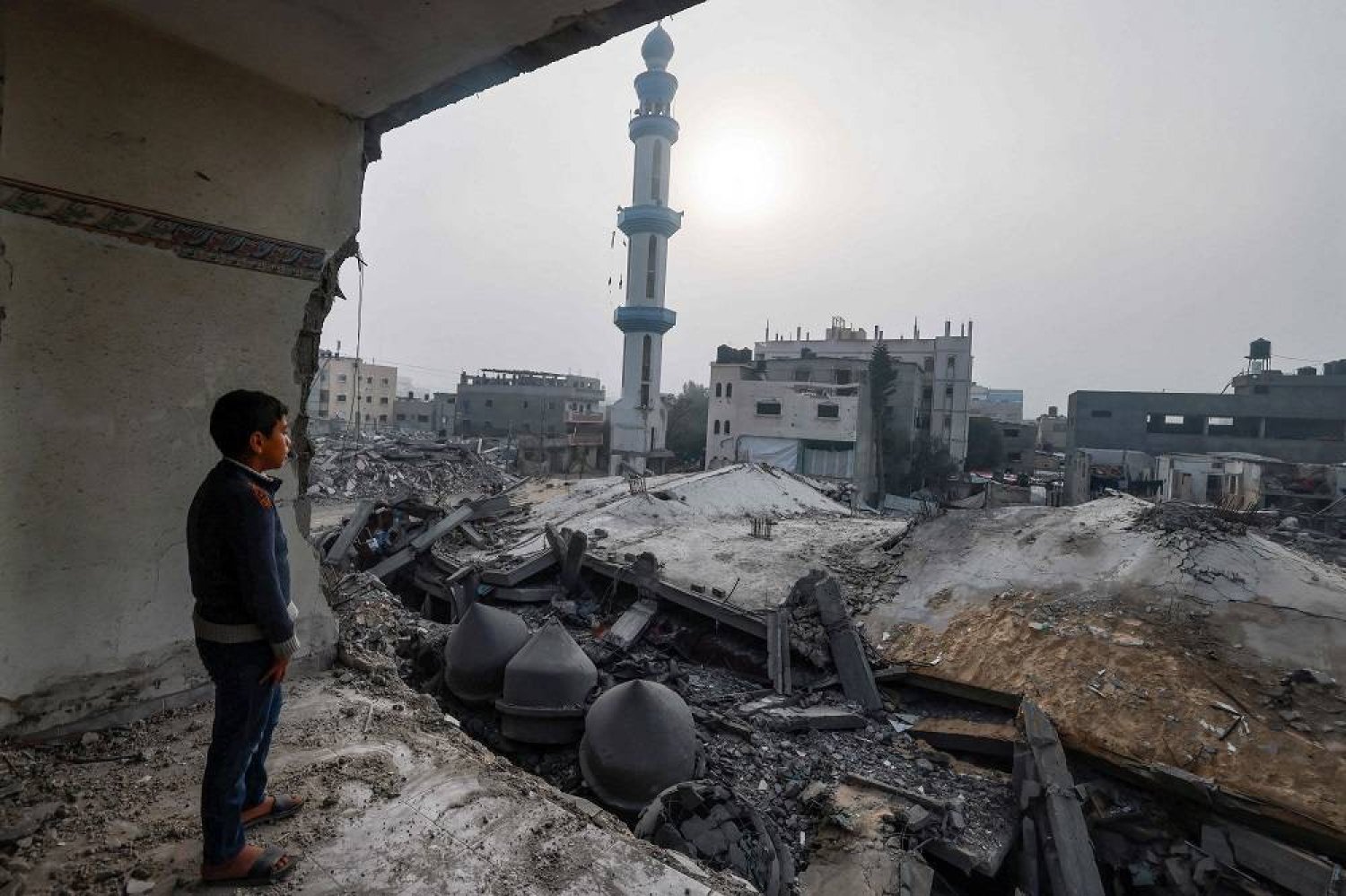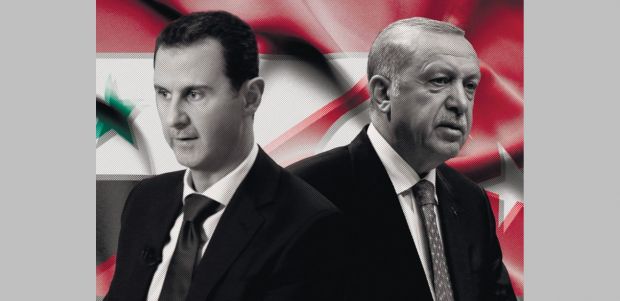
On April 25, the Southern Transitional Council (STC) announced a declaration of self-rule in Aden, breaking from the Hadi government in the most recent development in Yemen’s years long civil war. However, it is already struggling to cope with the first real challenge in managing the outbreak in COVID19 cases in Aden. So far, five cases have been officially announced on Wednesday and reports from the ground indicate severe lacking in medical resources and the possibility of many more cases going undocumented, including deaths.
The UN Special Envoy for Yemen, Martin Griffiths, expressed concern of the decision days later in a statement calling to expedite the implementation of The Riyadh Agreement, an agreement signed back in November between the Saudi-backed government and the UAE-supported separatist Southern Transitional Council, after the latter seized control the city of Aden in August 2019. Griffiths emphasized that the implementation of the agreement would provide “for the participation of the STC in consultations on the final political solution to end the conflict in Yemen.”
The Riyadh Agreement—achieved through Saudi prompting—received regional and international support and recognition as a win for Saudi diplomacy. Yet the document includes vague action points and unrealistic demands that have contributed to the lack of implementation. Moreover, the key issue with the Agreement is the great variance in the signing parties’ objectives when approaching the deal. While the Yemeni government was adamant on returning to Aden and establishing military control over the south, the STC was more interested in political power-sharing via the establishment of a new government where the STC would be strongly represented, or alternatively bringing their cause for secession in front of the international community as a political right for self-determination.
The agreement handled the issue of political representation by including the creation of a government equally shared between north and south but did not define the entities to represent the south and their shares—including that of the STC—in the new government. As is, there is a clear fragmentation in the positions of southern governorates, visible in the denunciation by other southern governorates of the STC’s self-rule in Aden. Simultaneously, the STC accuses the Hadi government of being divided and displaying conflicting positions amongst its ministers, in addition to creating pseudo-southern entities to rival the STC.
As such, the STC has used the popular demand for salaries and improved services in the southern region, which has long been suffering from mismanagement, to demand self-rule. The STC has presented itself as the entity most concerned with the wellbeing of the people, while accusing the Hadi government of corruption and misuse of resources, especially regarding allocating salaries for non-existing soldiers in the military sector.
Similarly, the points of the Riyadh agreement related to the military—such as withdrawing heavy weapons and removing signs of military entities from the cities under the Hadi government’s control—were rather too ambitious and vague. The agreement has failed in that it does not specify what weapons would be included under the designation and what would happen to the frontlines during this disarmament.
The agreement also does not take into account the on-the-ground realities: the Hadi government did not have a strong military presence in Aden to rival the STC’s army. This imbalance in military presence is what allowed the STC to take control of Aden last year, and it is what allowed it to easily seize control of the city again in its latest efforts. The dangers of this ambiguity were clear when the STC refused to surrender its weapons according to the agreement. It justified this refusal by stating it did not want to fall prey to the existing armed militia affiliated with Al-Qaeda in Abyan and Shabwa in the south as well as the constant arming of government troops in the Red Sea Coast and Marib, which could potentially wipe out the STC if mobilized against it.
One of the crucial obstacles to the agreement’s implementation is the lack of economic and military guarantees that could have pushed the deal into reality. This was perhaps the point both sides agreed on according to my interviews with their representatives. While it could be said that since this deal was brokered by KSA, it is the guarantor for its implementation, yet actions on the ground indicate the inability of the Saudis to do so.
Naturally, all sides are blaming others for the current tensions. The Hadi government blames the STC for not taking the agreement seriously, especially in light of its repeated violations of human rights and apprehending of properties. The STC for its part claimed that the Hadi government is not taking this agreement seriously enough and has several violations of the agreement, demanding that the matter should be taken to the international community for arbitration. In its Monday response to the STC’s move towards self-rule, the Saudi-led coalition emphasized that the main responsibility of implementation falls on the signatory parties. The statement insisted that the coalition “has and will continue to undertake practical and systematic steps to implement the Riyadh Agreement …[yet] the responsibility rests with the signatories to the Agreement to undertake national steps toward implementing its provisions.”
Even so, a review of the Saudis’ attitude towards the Riyadh Agreement’s implementation indicates a lack of clarity. They tend to follow the UAE’s approach of not understanding the underlying causes of the conflict in Yemen, especially when it comes to the acrimony between the Hadi government and the STC, although the Saudis are more flexible in their approach and maintain a neutral attitude in an attempt to appease both sides. The statement from the coalition on Monday has called, as expected, for “the need to cancel any step that violates the Riyadh agreement and work to accelerate its implementation.” Perhaps what is new is the call for forming a competent government based in Aden as per the agreement.
Nevertheless, if tensions are to be eased and peace restored in the south, there must be a critical review of the agreement to address the weaknesses outlined above. Focusing on government-formation is a step in the right direction—as the Saudi-led coalition has now suggested, the first move could be the formation of a small, operational, and professional government whose members are appointed by the prime minister according to the pre-agreed conditions. Following this, the appointment of a governor of Aden and a head of security through consensus must occur.
The most important point is to establish a local competent government in Aden representing the various political factions of the region as per the National Dialogue Conference’s outcomes, whereby this local government has autonomy in running the larger Aden region. According to the 2013-2014 National Dialogue Conference (NDC), Aden should be allowed a large level of self-rule due to both political and economic considerations.
These actions would mark a shift towards achieving a full federal system in the Yemen, an outcome agreed upon by all the political factions and representatives of independents and civil society in the NDC. The original vision of this conference detailed a system of decentralized rule with shared resources, which would allow Aden region to establish an adequate infrastructure to tackle its development and economic challenges. Were such a transition to occur, President Hadi must include representatives of the STC in his advisory board and work on reforming Yemen’s extant legislative bodies: the parliament and the Shoura council. These bodies must be reformed to be representative of the current political players in Yemen and begin operating from Aden.
However, the following challenge is perhaps the most difficult — disarming the STC within Aden. The council sees that being targeted alone for disarmament in the city renders it vulnerable against other armed factions. Therefore, it is important that the coalition expands this demand to involve a restructuring the entire military and armed factions across the regions controlled by the Hadi government, especially in the Red Sea Coast and Marib. Starting with the presidential guards to allow the central government to return to Aden, this is to be done in line with the NDC outcomes regarding reforming the army and security sectors. An inclusive strategy needs to be set in motion for the re-integration and reform of all the armed factions including the presidential guards responsible for protecting the government in Aden.
Political dialogue remains the basic principle in addressing the flaws in the Riyadh Agreement, which has so far been able to stop the armed conflict in the south. However, we must recognise that the root cause for the armed conflict in Yemen is the fight over power and wealth. Therefore, focusing on establishing a federal system is the best path forward to providing a strong entry point towards efficient implementation of the Riyadh Agreement. Only once these challenges have been addressed can we work to build peace in south Yemen and in the country as a whole.
Republished from www.washingtoninstitute.org






